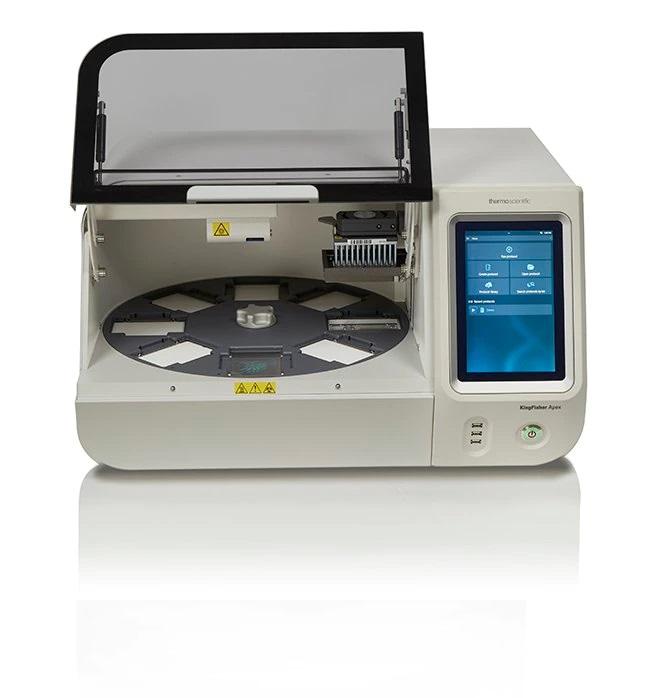TEG is an important diagnostic tool used to evaluate hemostasis and guide blood product administration during surgery. This article explains what TEG is, how it works, and its clinical applications.
What is TEG?
Thromboelastography (TEG) is a specialized whole blood coagulation test that provides a comprehensive analysis of all phases of coagulation, from initiation of a clot through clot strengthening and dissolution. Unlike standard coagulation tests such as prothrombin time (PT) and activated partial thromboplastin time (APTT) which assess only the initiation phase of coagulation, TEG can detect coagulation abnormalities across all phases including fibrinolysis.
How TEG works
A TEG analyzer works by recording the physical properties of clot formation and retraction in whole blood over time. A small sample of whole blood is placed in a cup along with reagents that activate coagulation. A pin suspended in the cup oscillates and its movements are transmitted to a sensing torsion wire attached to the other end of the pin. As the blood sample clots, the pin becomes embedded in the clot and transmits forces to the wire. A computer records the movements of the wire and generates a graph called a thromboelastogram. Different phases of coagulation correspond to identifiable features on the TEG tracing including reaction time (R), kinetics (K), alpha angle (α), maximum amplitude (MA) and lysis (LY30). Abnormalities in any phase show up as variations from normal reference ranges.
Clinical Applications of TEG
Trauma and Surgery
TEG provides a global assessment of coagulopathy in critically ill trauma and surgery patients. It is particularly useful during massive transfusion protocols by rapidly identifying specific coagulation factor deficiencies to guide targeted factor replacement therapy. Studies show TEG use reduces blood product utilization and may improve outcomes.
Liver Disease
Patients with liver disease often have impaired coagulation due to decreased production of coagulation factors and inhibitors. TEG can detect both hypocoagulable and hypercoagulable states in these patients to guide treatment and prevent bleeding or thrombosis. It is especially useful for assessing clotting prior to invasive procedures or surgery.
Perioperative Management
TEG provides real-time assessment of coagulation status during major surgery when blood loss is significant. It allows for early detection and treatment of coagulopathies that develop due to hypothermia, dilution, or consumptive coagulopathy. TEG guides administration of specific blood components like plasma, platelets, cryoprecipitate or fibrinogen concentrate to actively correct noted deficiencies. This improves hemostasis and reduces transfusion needs.
Obstetrics
Abnormal bleeding in obstetrics like placenta previa, placenta accreta or postpartum hemorrhage can potentially lead to life-threatening coagulopathy. TEG precisely evaluates for coagulation defects and guides therapy using targeted factor replacement to stop bleeding in a timely manner. This is particularly important in patients who refuse or cannot receive blood transfusions.
Limitations of TEG
While providing a global assessment of hemostasis, TEG is not able to identify specific factor deficiencies. Additional coagulation factor assays are sometimes needed. Due to the complexity of test performance and analysis, specialized training is required for TEG use. Standardization between different TEG instruments and protocols from different institutions is lacking. Further research is still needed to establish optimized TEG-directed treatment algorithms.
The Future of TEG
As TEG use continues to expand, research aims to simplify the test for point-of-care use and automate analysis to reduce operator dependency. Development of disposable cartridges and miniaturized devices promise to make TEG more accessible. TEG guided transfusion protocols may help reduce unnecessary transfusions, decrease costs and limit transfusion related complications. Expanded clinical applications include predicting hypercoagulable states predisposing to thrombosis. With ongoing refinements and standardization, TEG is expected to play an integral role in evaluating and managing coagulopathies across medical specialties in the future.
In summary, thromboelastography provides a useful whole blood test to evaluate hemostasis from initiation of clot formation through fibrinolysis. By detecting both hypocoagulable and hypercoagulable states, TEG guides targeted therapies to correct coagulopathies in trauma, surgery, liver disease, obstetrics and other clinical scenarios. With continued research to simplify use and standardize analysis, thromboelastography will likely become a more widespread tool for evaluating and managing coagulation abnormalities.




